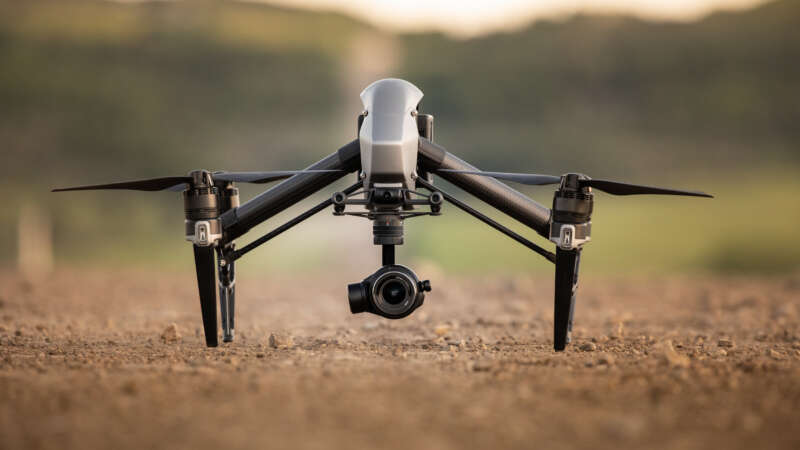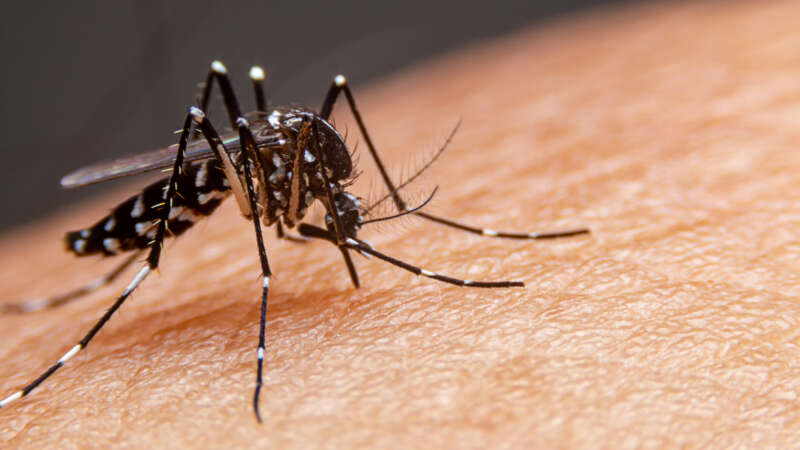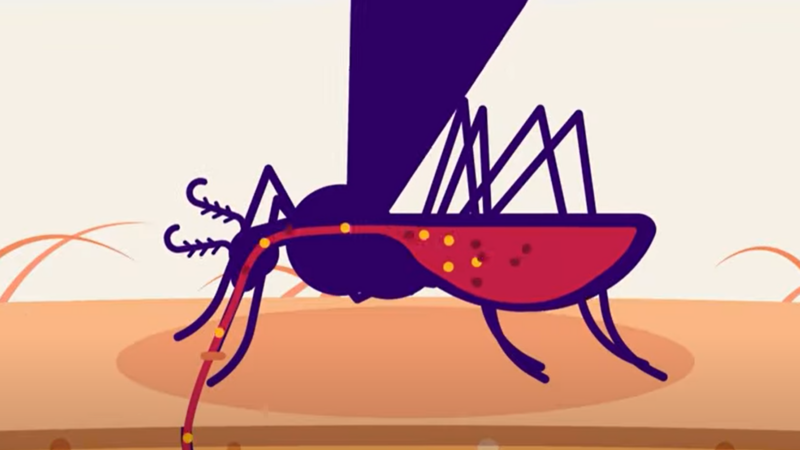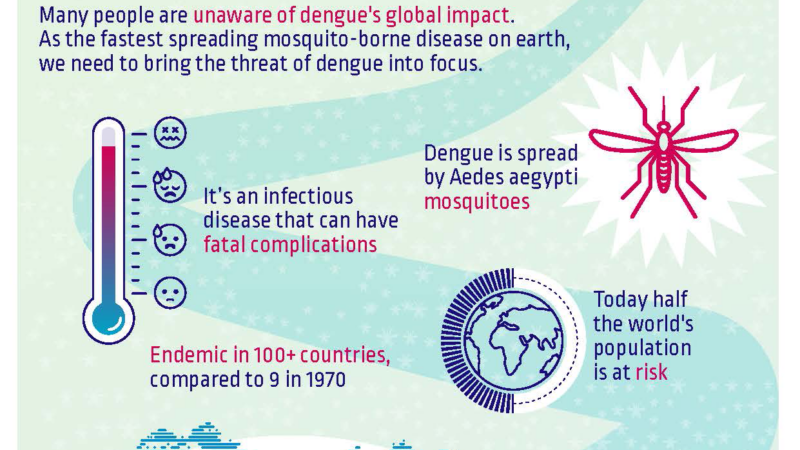dengue fever
The Drone Edge in Vector Control
Achieving global vector control’s potential requires “realigning programs to optimize the delivery of interventions that are tailored to the local context [and]…strengthened monitoring systems and novel interventions with proven effectiveness.” This includes “integration of non-chemical and chemical vector control methods [and] evidence-based decision making guided by operational research and entomological and epidemiological surveillance and evaluation.”
Drones or “unmanned aerial vehicles” (UAVs) can save time and money compared to conventional ground-based surveys. Sophisticated models and monitoring equipment can be purchased for a few thousand dollars. They don’t require a pilot’s license, they are becoming easier to fly, and their paths can be fully automated through AI, machine learning, global positioning systems, and computer vision.
Shiuly Khatun: Dengue Warrior
Shiuly Khatun is a Field Supervisor at the Dhalpur Aalo Clinic in Dhaka, Bangladesh, where she manages and coordinates the clinic’s operations. Her daily responsibilities are vast and critical, ranging from mapping areas and dividing work for community volunteers to conducting health sessions and overseeing satellite clinic activities.
Dengue fever, once confined to the tropics, now threatens the U.S.
Climate change is expanding the habitat of the mosquitoes that carry the disease, allowing them to spread further north.
Meg Norris was traveling in Argentina in April when the first signs of dengue fever hit her. The weather in Salta, just south of the Bolivian border, was warm, but Norris, a 33-year-old from Boulder, Colorado, zipped a fleece sweatshirt around her body to stop herself from shivering.
“I thought it was sun poisoning,” she said.
Dengue Explained in Five Minutes
Check out this video by Free Med Education to learn about dengue fever, its cause, and its symptoms.




